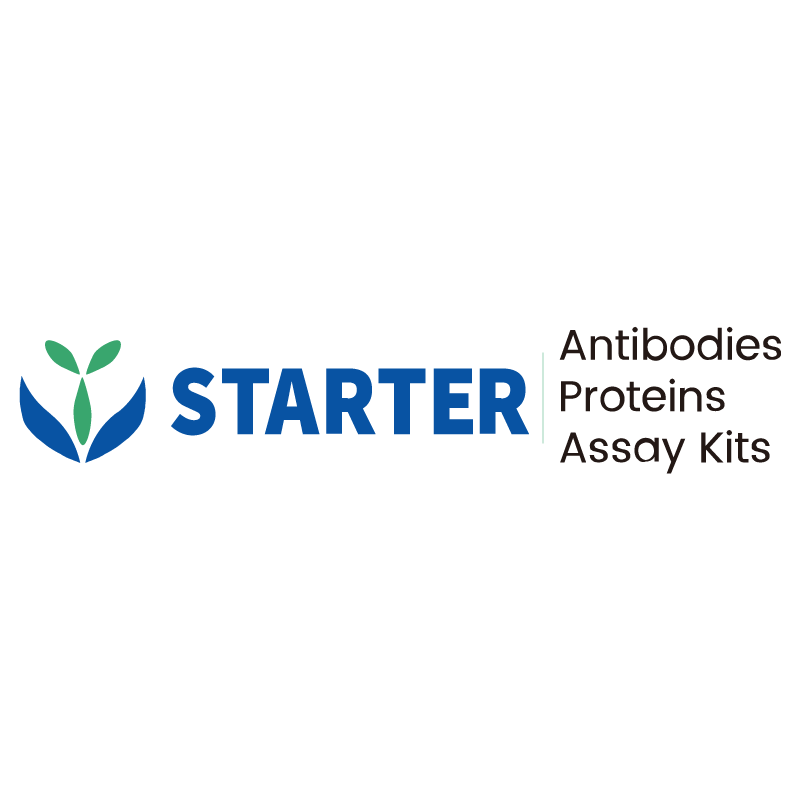2 μg(R: reducing conditions)
Product Details
Product Details
Product Specification
| Species | Mouse |
| Synonyms | Hepatitis A virus cellular receptor 1, Havcr1 |
| Accession | Q3V033 |
| Amino Acid Sequence | Protein sequence (Q3V033, Tyr22-Thr212, with C-His tag) YVEVKGVVGHPVTLPCTYSTYRGITTTCWGRGQCPSSACQNTLIWTNGHRVTYQKSSRYNLKGHISEGDVSLTIENSVESDSGLYCCRVEIPGWFNDQKVTFSLQVKPEIPTRPPRRPTTTRPTATGRPTTISTRSTHVPTSTRVSTSTPPTSTHTWTHKPDWNGTVTSSGDTWSNHTEAIPPGKPQKNPT |
| Expression System | HEK293 |
| Molecular Weight | Predicted MW: 22.7 kDa Observed MW: 45-60 kDa |
| Purity | >95% by SDS-PAGE |
| Endotoxin | <0.1EU/μg |
| Conjugation | Unconjugated |
| Tag | with C-His tag |
| Physical Appearance | Lyophilized Powder |
| Storage Buffer | Lyophilized from a 0.2 μm filtered solution of 0.2M PBS, pH7.4. |
| Reconstitution | Reconstitute no more than 1 mg/mL according to the size in deionized water after rapid centrifugation. |
| Stability & Storage | 12 months from date of receipt, -20 to -70 °C as supplied. |
Background
Hepatitis A virus cellular receptor 1 (HAVcr-1) is a member of the TIM (T cell transmembrane, immunoglobulin, and mucin) gene family, which plays critical roles in regulating immune cell activity especially regarding the host response to viral infection. TIM-1 is also involved in allergic response, asthma, and transplant tolerance. TIM genes belong to type I cell-surface glycoproteins, which include an N-terminal immunoglobulin (Ig)-like domain, a mucin domain with distinct length, a single transmembrane domain, and a C-terminal short cytoplasmic tail. TIM-1 is preferentially expressed on Th2 cells and has been identified as a stimulatory molecule for T-cell activation. As receptors for phosphatidylserine, TIM proteins bind many families of viruses [filovirus, flavivirus, New World arenavirus and alphavirus] that include viruses such as dengue and ebola. Entry of Lassa fever virus, influenza A virus, and SARS coronavirus were not affected by TIM-1 expression.
Picture
Picture
SDS-PAGE


